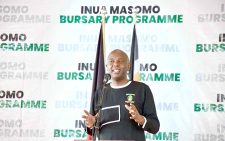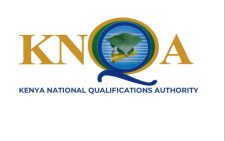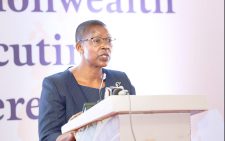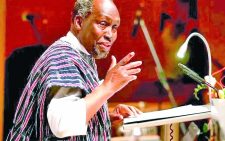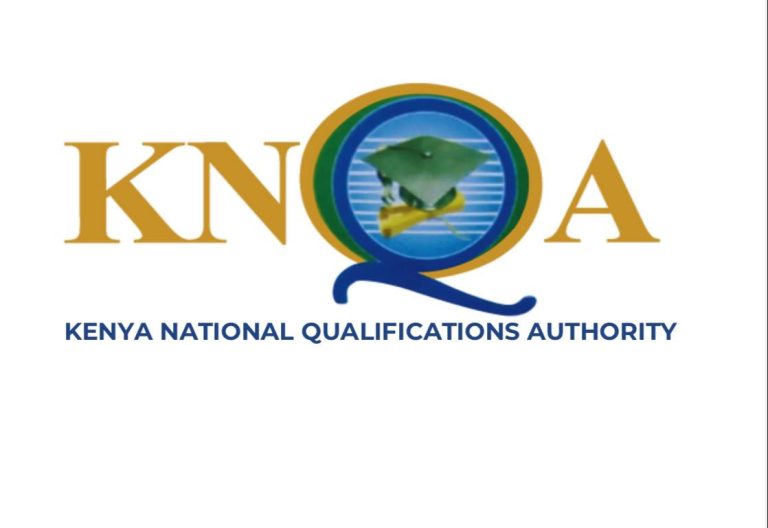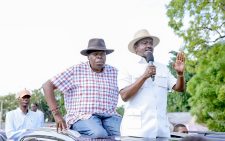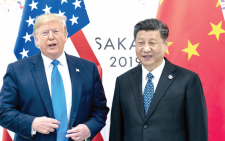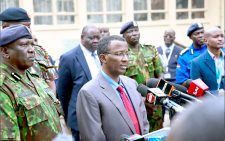Ruto should get credit for politicising church
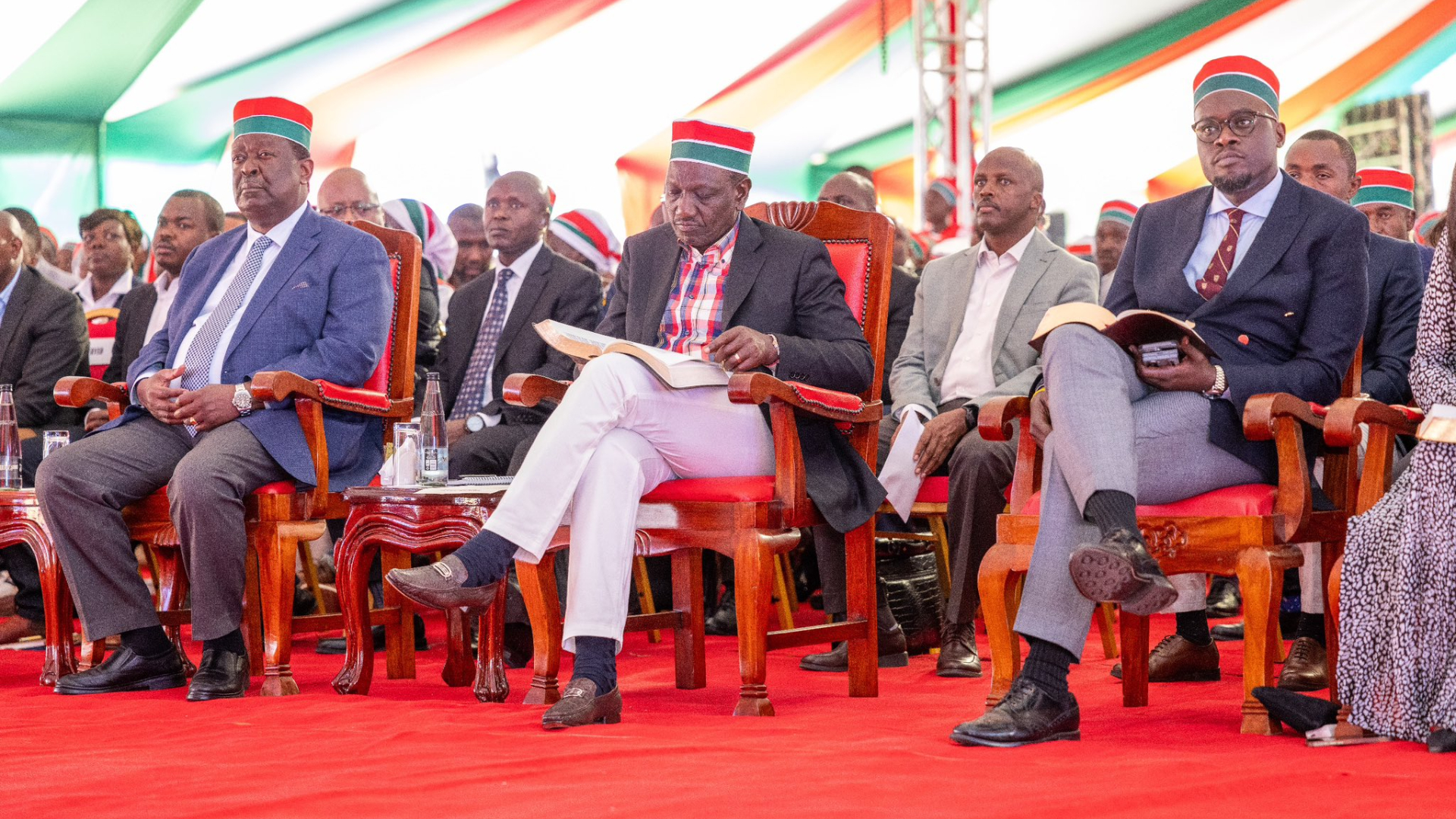
In the recent past, the church’s space has appeared contested. Politics swiftly moved to occupy that space, and some church officials seemed to covet the proximity of politicians.
It was not always so. Times were, in the past, when the boundaries between the two institutions were clear. The church often stood its ground when social issues were at the centre of the conversation. And the men of the cloth who took these precise positions were known.
During the days of oathing, the church stood up and was counted. She did not stand on the government’s side. The Kenyan political class often took positions that did not have sympathy for the church.
For example, liberation movements were strong in southern Africa at the time, with organisations such as the ANC in South Africa and the FRELIMO in Mozambique.
Kenya is a complicated country. The government, particularly the first administration of Mzee Jomo Kenyatta, was often not too sympathetic to the church’s position. They lent only straw support to these movements while secretly trading with these countries.
But the church remained the church, and the lines were clear. Then came the second administration under President Daniel Arap Moi. Moi identified with the church overtly. A member of the African Inland Church, he seldom missed a service, whether at his beloved Kabarak University Chapel, AIC Milimani, or Christ Is the Answer Ministries on Valley Road.
However, he seldom interacted with other groups, such as the Catholic or Anglican Churches. This period also marked the rise of the church as an enterprise. In the 1970s and later years, itinerant preachers often found a home in Kenya. Hardly anybody would match Reinhard Bonnke, the German-born evangelist who had established his base in Southern Africa.
In Nairobi, Bonnke’s booming voice rang loud from Uhuru Park, a sea of humanity, during his sermons long before the park became a political magnet. As Bonnke preached, Moi would be seated at the podium, listening to the sermon broadcast nationwide through the then-only broadcasting service, Voice of Kenya.
During this time, the gospel’s allure and fame attracted Kenyan preachers. Those who heeded the call blossomed. Before long, the lines between the church and the government began to fade.
Churches desired the treasures only the government could give: Bible studies with those in power, title deeds for church sites, and tax-free access to other interests. The newly established churches, often a one-man show, found an avenue through which they would upend the then-existing order.
The traditional churches have a comprehensive structure that informs their behaviour and conduct. Not so the new upstarts. The traditional churches habitually issue statements stinging to the government through their conclaves. The Catholic Church, the Anglican Church, the Presbyterian Church of East Africa, and others almost always feature a priest calling the government to order.
With time, the government veered towards the more friendly independent churches that did not claim to have a prophetic ministry focused on society. Their prophecies were often material: a car here, a husband there, healing somewhere, etc. Very few governments would have problems with such a prophetic ministry.
The church appeared to mellow under the Mwai Kibaki presidency and watched the Uhuru Kenyatta presidency from safe zones. It is instructive that both Kibaki and Uhuru Kenyatta were confessing Catholics.
But now the traditional church, which appeared to have lost its voice, is back with a bang, led by the Catholics. President William Ruto is not a Catholic. If anybody has politicised the church, it is Ruto. He is forever visiting one church after another, seemingly with little spiritual agenda.
The recent rallying of the church in a statement against the Ruto presidency raises an important question: is the church space still contested?
— The writer is the Dean of Daystar University’s School of Communication


